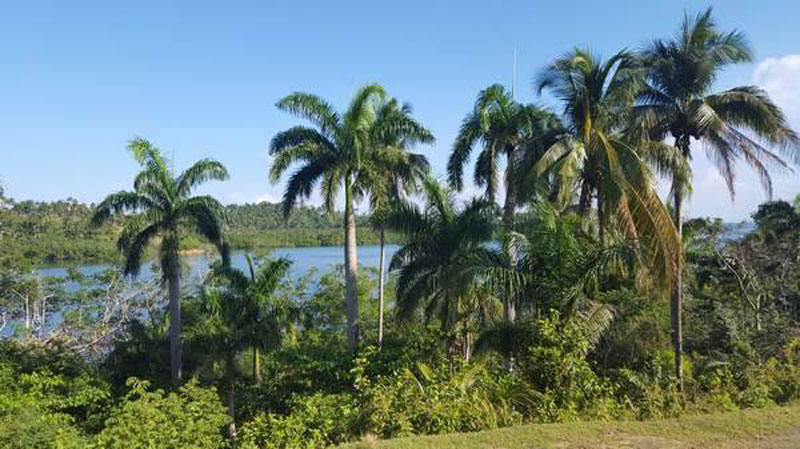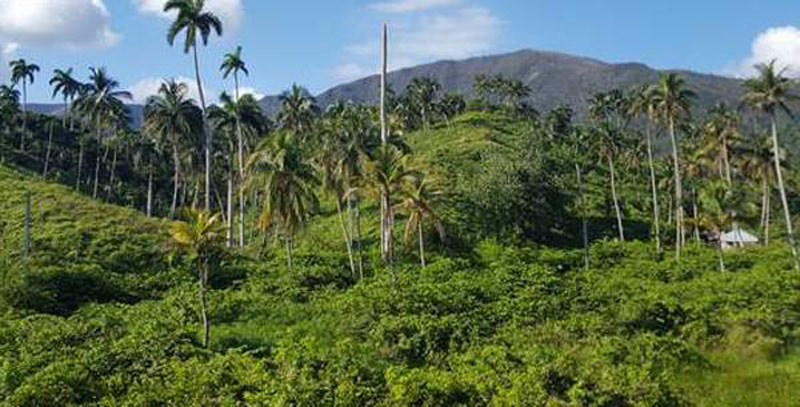To Conserve the Flora and Fauna in Moa, a Challenge
- Written by Maria Esther Pupo
- Published in Holguin
- Hits: 1514

The territory of Moa, located in the easternmost area of Holguín province, treasures a vast flora and fauna and mineral deposits.
The climate, soil, water resources and topography converge with the Sagua - Baracoa mountain range, some with heights above one thousand meters. The mountainous area reaches 363 square kilometers, 50 percent of the total, with a large part covering the Alejandro de Humboldt National Park, a World Heritage Site.
A total of 976 endemic plant species have been reported in the area, of which a total of 373 only grow there, highlighting its high endemism, characterized by a great floristic diversity.

The vegetation found here includes groups of holm oaks, gallery forests, mangroves, ferns and pine forests that provide the territory a high biological privilege.
The development of a greater number of plants is possible by the ecological effect of serpentinites, due to the combination of associated limiting factors such as the toxic effect of magnesium, the poverty of nutrients, the high concentrations of nickel, chromium, iron and cobalt in the lateritic soils, the high rainfall and the little retention of water on the surface, which have also influenced to turn the region into one of the richest in Cuba in floristic diversity.
These particularities of the soils and rocks of Moa make the plants very specialized, even some manage to accumulate important amounts of nickel, which is of great biological interest since they can serve as indicators of the presence of these minerals.
The fauna of Moa has a great heterogeneity and abundance of rare species with very peculiar characteristics, which embellish the environment of a mining city, treasuring true gems of the Cuban biofauna such as cocosí, tocororo, cartacuba, the nightingale and the parrot.
From this last species, it can be found beautiful flocks that live in the trees, for example, those found near the mouth of the Nibujón River, where there is also a beach area.
Studies on the biodiversity of the territory report that in the fauna of the mining areas of Moa there are a total of 427 species, of which 80 are of arachnids, 112 of amphibians, 100 of birds and 106 of mammals; of them, 104 have been classified as endemic, five endangered, 13 vulnerable, and 31 as migratory birds.
The riches of flora and fauna in the municipality of Moa turn the region into a treasure of biodiversity in Cuba. In addition of the mineral resources that contribute economic profits to the country, this territory has animal and vegetal species that constitute unequaled heritage of the humanity.
Hence, the challenges facing the locality so that mining exploitation, mainly the extraction of nickel and cobalt, minimizes its negative impacts on the environment; without neglecting the confrontation with the illegal gold mining activity carried out in mountainous areas of the region, as those near the Calentura river.
Nature and man must coexist in harmony, always in favor of life.
